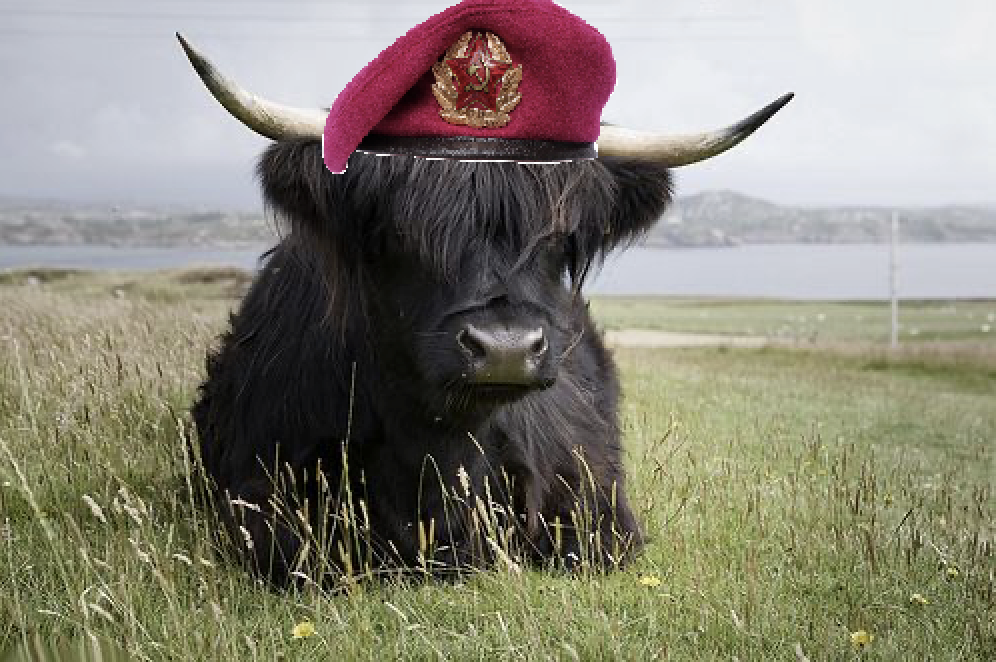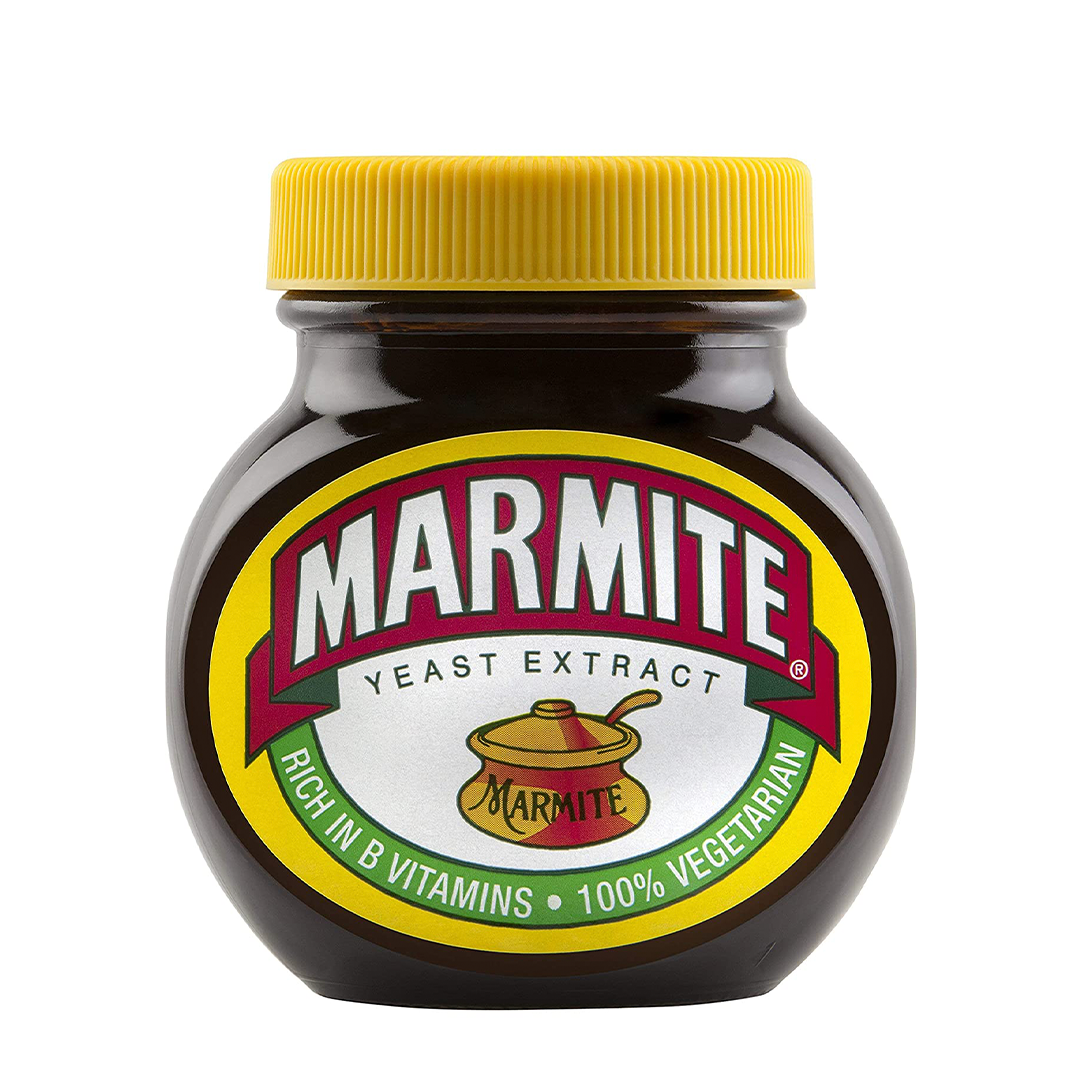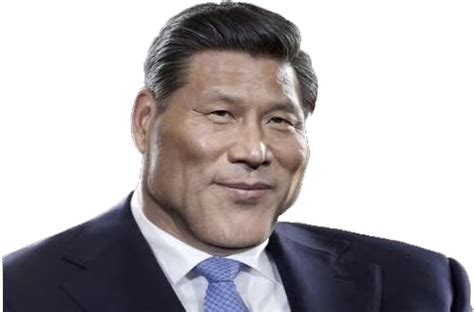Burkina Faso has introduced its first fully indigenous electric vehicle (EV), the ITAOUA. Designed and manufactured entirely by Burkinabe engineers, the ITAOUA boasts an impressive range of 330 kilometers after just a 30-minute charge, as reported by the car manufacturer. The first two models of the brand are called Native and Sahel.
The production facility, situated in the prestigious Ouaga 2000 district of the capital, is the brainchild of a visionary Burkinabe entrepreneur aiming to position the nation as a technological leader in the region. The company emphasised, “Burkina Faso has just proven that innovation is not the preserve of great powers, but that it can also germinate, grow, and radiate from the heart of Sahel in Africa.”


Lol. Lmao even.
Even funnier, you go to this guy’s linked facebook page, it turns out he studied in Australia, which explains the dumbass brainworms.
The other comment about the vehicle being assembled in Burkina Faso vs all the parts being manufactured there is pertinent. But I don’t know the domestication rate of parts for the company, so it is difficult to give comments. Online searches seem to give nothing either.
It does turn out that the EV was manufactured with the help of Chinese firms, which makes a lot more sense than the Russians (who don’t have some significant advantage in the EV sector) being involved and setting up hidden shadowy companies for no reason.
“Russian, Chinese… I knew it was one of those… [huge regions of the world that the US has decided to vilify]! They’re always doing stuff like, uh, like uh, existing! Yeah! And [doing stuff that the US makes up and/or is bad somehow purely because they’re on the blacklist]!”
Unfortunately that’s just not true, this car (ITAOUA Sahel) is a rebadged Dongfeng Nanobox EV, it’s not a fully indigenous EV, it’s made in Hubei, China; and based on a Renault platform, it’s basically an electric Renault Kwid made in China.

For starters, this small EV from Dongfeng goes by different aliases, depending on where it’s being sold. The Nanobox is basically a badge-engineered product of the Dongfeng and Renault-Nissan alliance joint venture. In its home market, the Nanobox is known as the Dongfeng Aeolus EX1 / Fengxing T1 / Fengguang E1 or Dongfeng-Nissan Venucia e30. But in the UK and European markets, the Nanobox goes by the name Renault City K-ZE, Renault Kwid E-Tech Electric, or the Dacia Spring Electric. Regardless of the name, they come from the same assembly line in Hubei, China.
Built on the Renault CMFA-EV platform, the Nanobox’s Alliance underpinnings were adapted for battery electric vehicle applications. The original Renault Kwid where the Nanobox was based, started as a crossover city car with a small 3-cylinder gasoline engine – very much like the Suzuki S-Presso.
This EV rebadging exercise likely has to do with a deal between Li Yubao, president of Yunhong International/Group, and Burkina Faso. Yunhong International is a Chinese special purpose acquisitions company part of the Belt and Road initiative in China. They already had deals going back to the previous government, and recently gave some EVs to Burkina Faso for their civil servants. If this rebadging deal includes a local assembly plant where the parts are built in China first before being put together locally, like it does in Botswana with the Skywell BE11, is not clear at this stage. The news articles say it does, but they also say this a fully indigenous EV, which is not true.
Unfortunately that’s just not true, this car (ITAOUA Sahel) is a rebadged Dongfeng Nanobox EV, it’s not a fully indigenous EV, it’s made in Hubei, China; and based on a Renault platform, it’s basically an electric Renault Kwid made in China.
It is true that the indigenous label may not be fully accurate. However, this doesn’t mean that this wasn’t made in Burkina Faso as you later mentioned. This news expands on this: https://www.toutiao.com/article/7468169115267416595/?upstream_biz=doubao&source=m_redirect
As you can see from the appearance of this vehicle, it comes from Dongfeng Nano 01. This is also a common way of producing automobiles. It is exported to foreign countries through scattered parts. Their country is responsible for simple assembly work and then puts a local brand on it.
In fact, our automobile industry also developed in this way. We started by importing spare parts, and then gradually developed our own automobile industry.
It can be seen that there are some slight differences between this car and Dongfeng Nano in the front bumper surround. Currently, almost all parts of this car are imported from China.
But I believe that with the development of time, their country will gradually have a certain industrial production capacity, such as the production of simple plastic parts and covering parts
this white-label shit should be illegal. all it does is mislead people for the benefit of corporations
I don’t see it being harmful in this instance. The rebranding gives the African brand name recognition, which will help it tremendously if they eventually pivot to full self-sufficient production. It is certainly easier for the consumer to just stick with the brand rather than switch to it from Renault-Dongfeng.
Man decided fuck it I will take over this country and two years later they made an EV. Wild.





